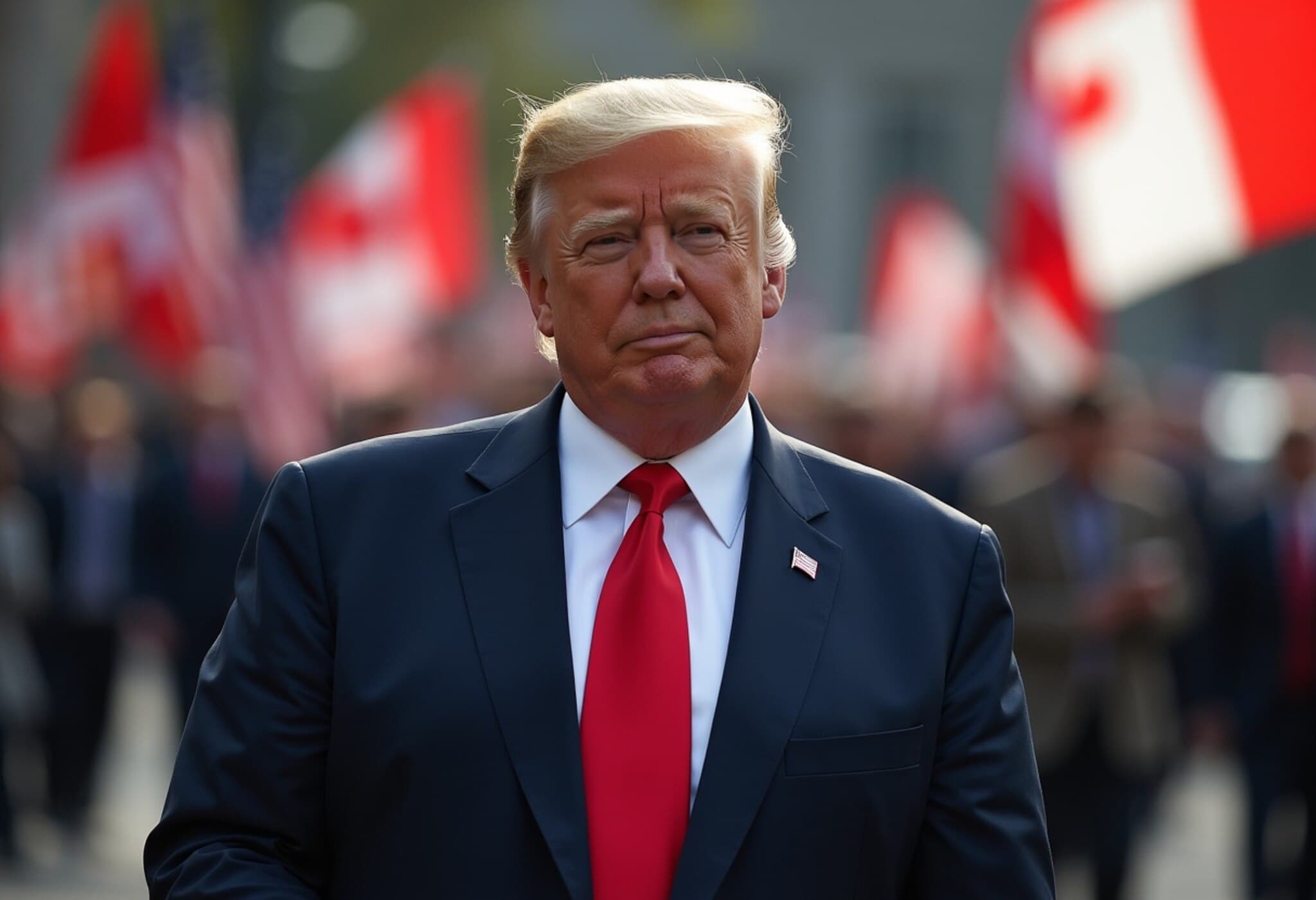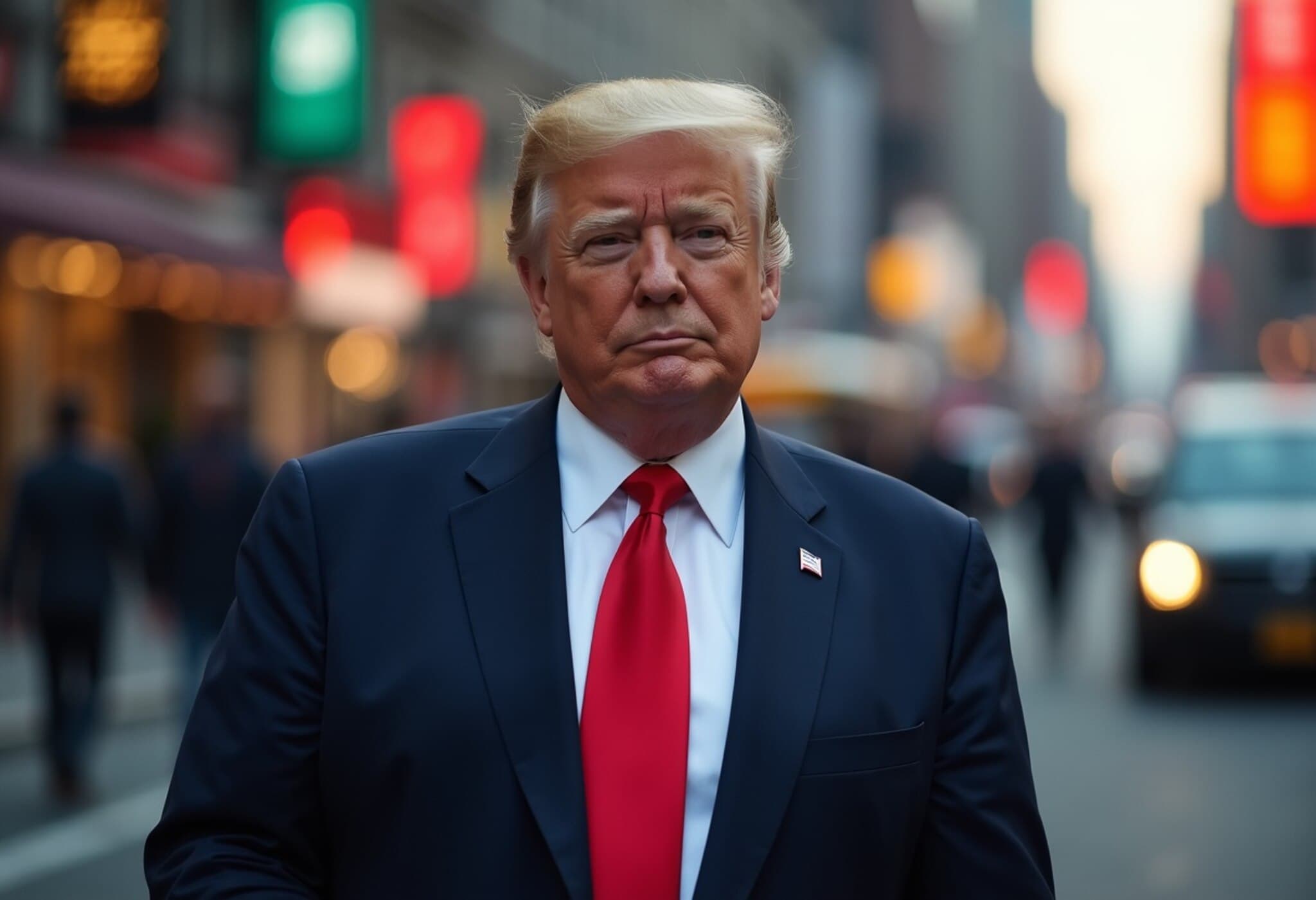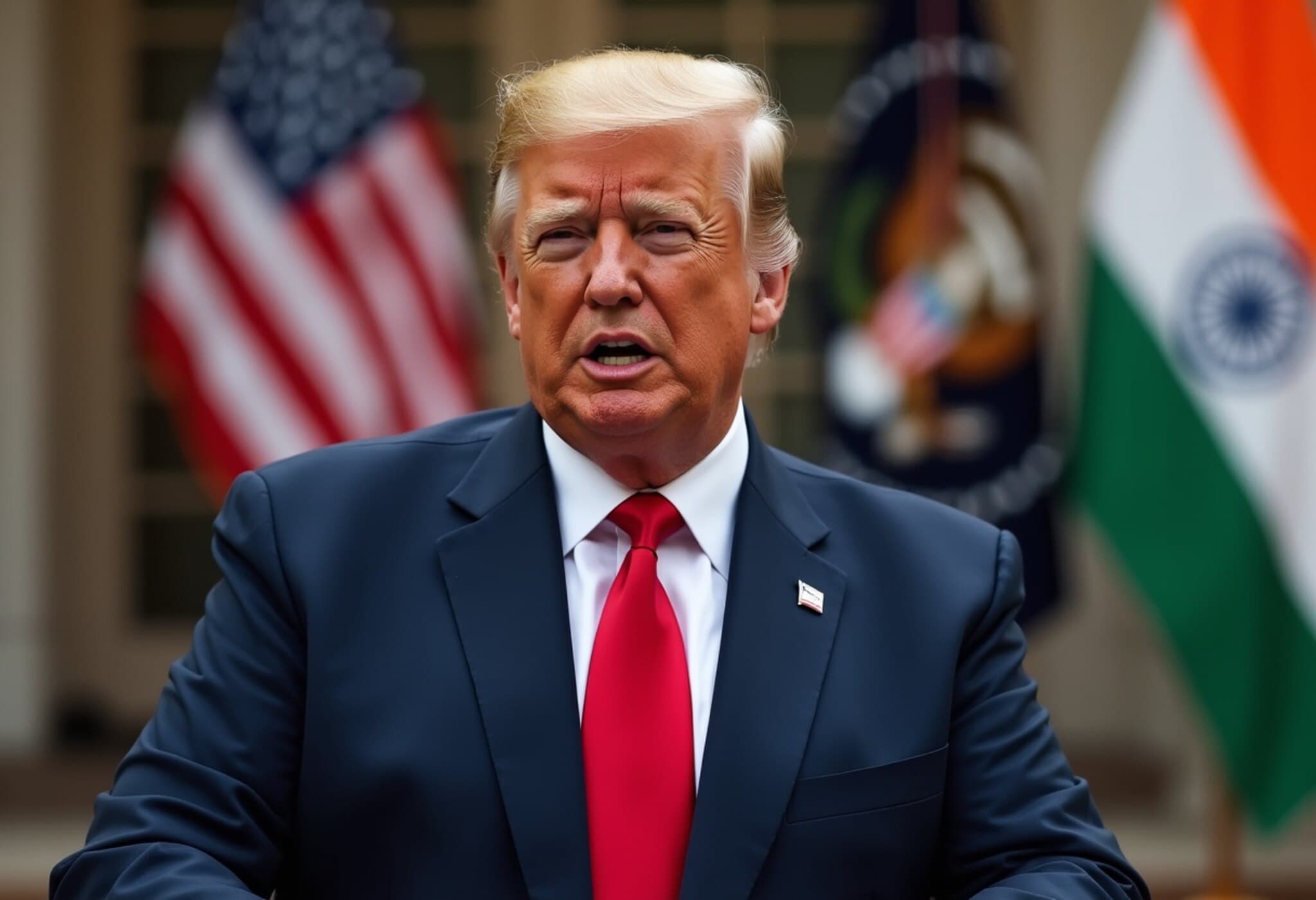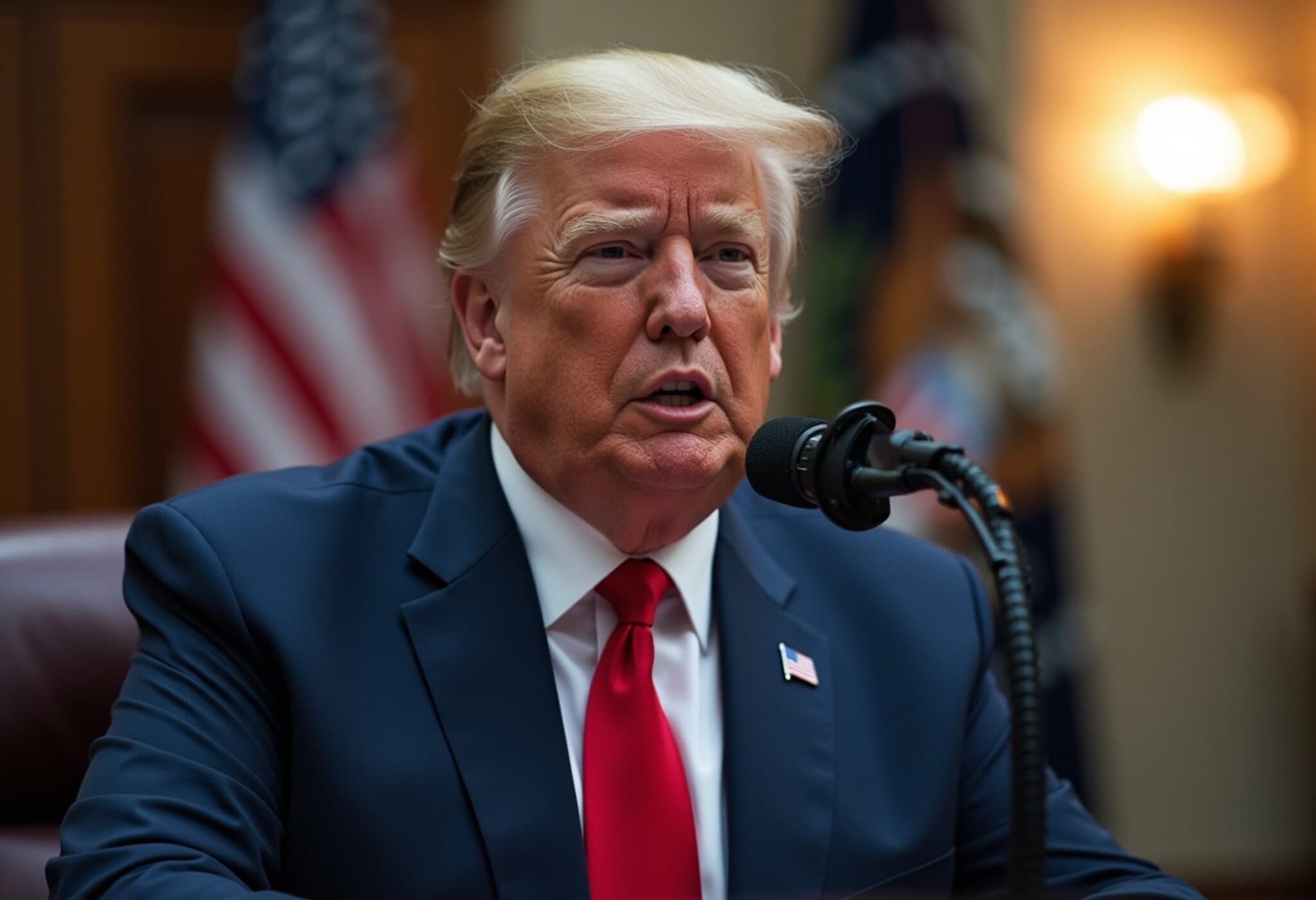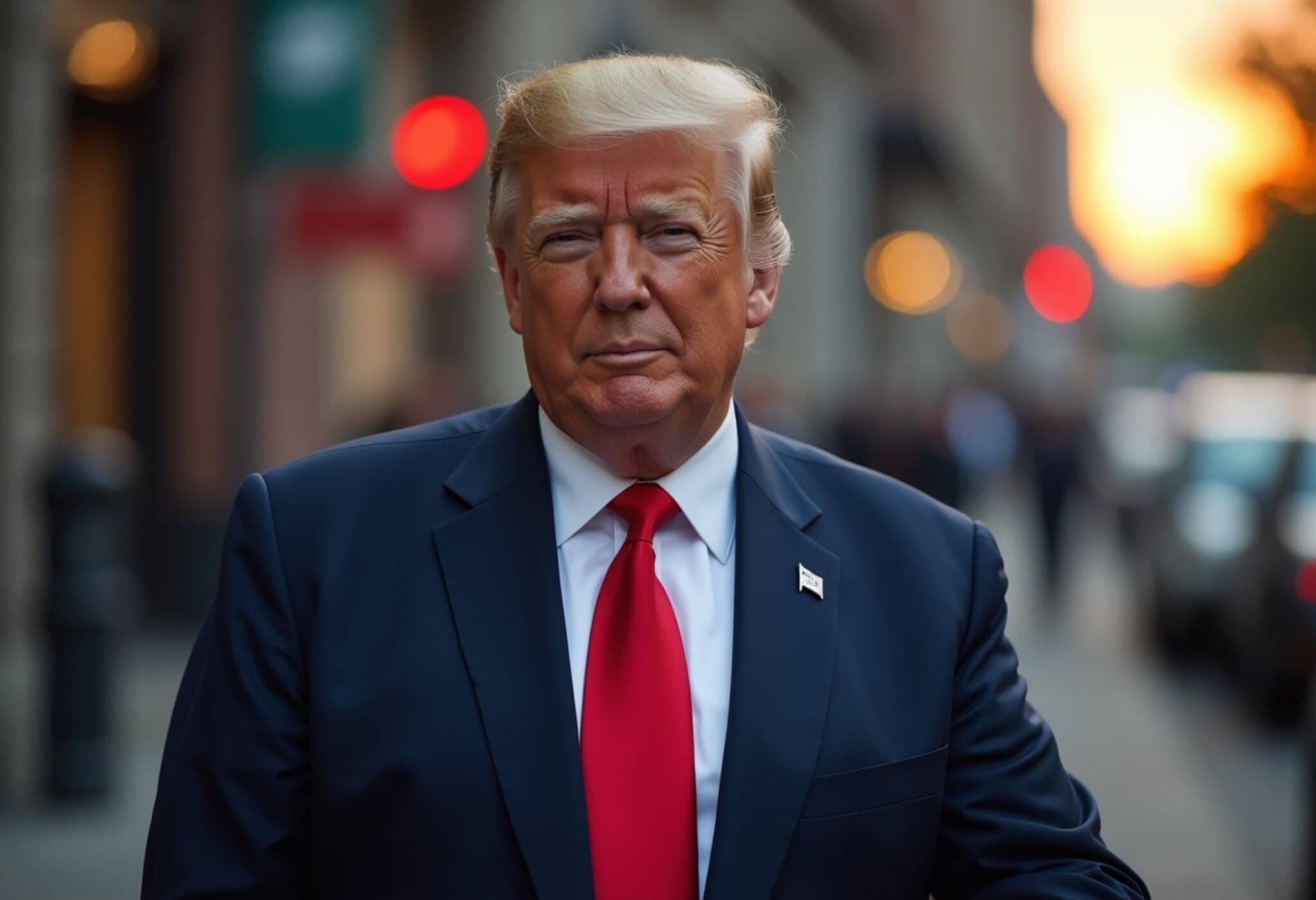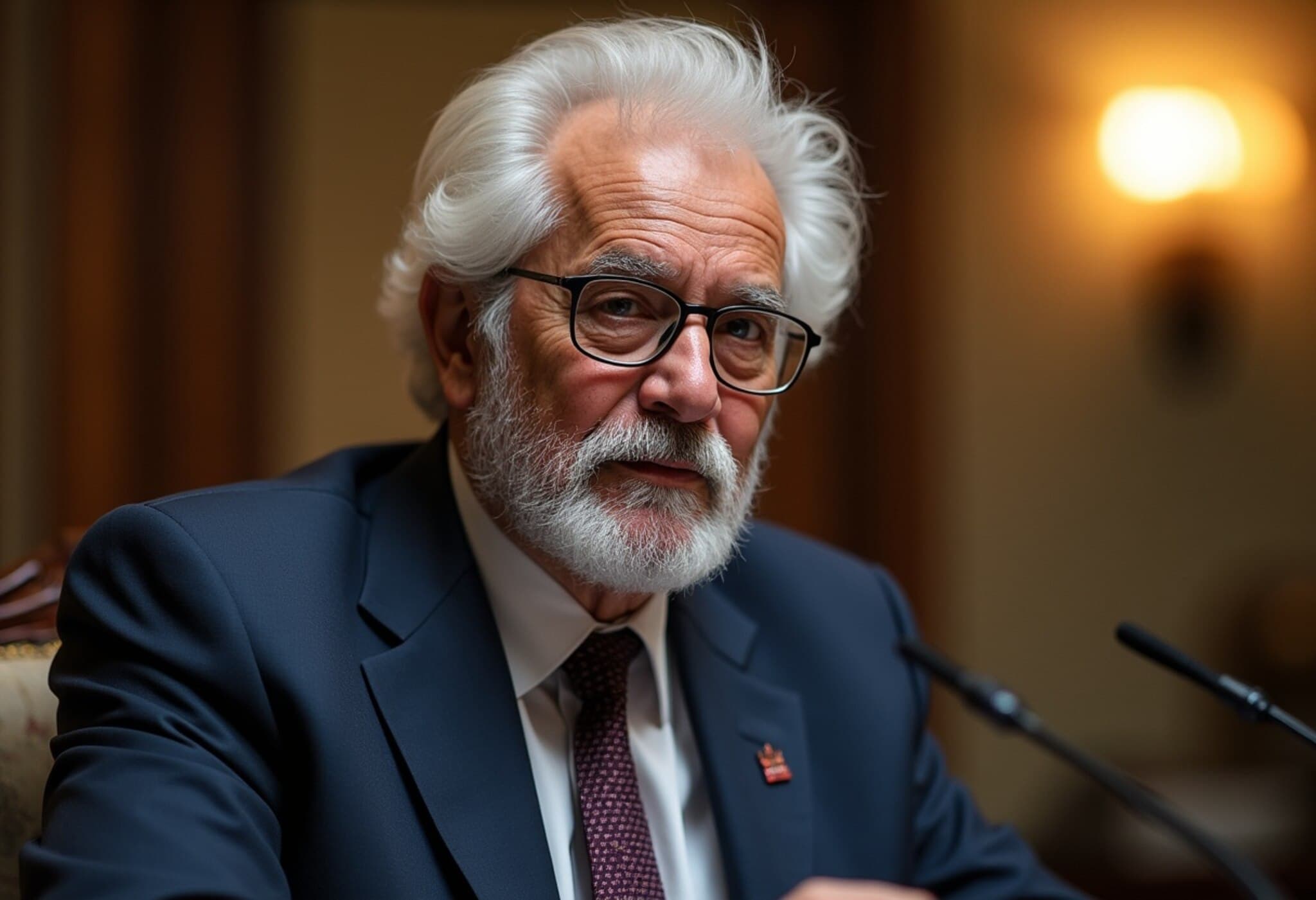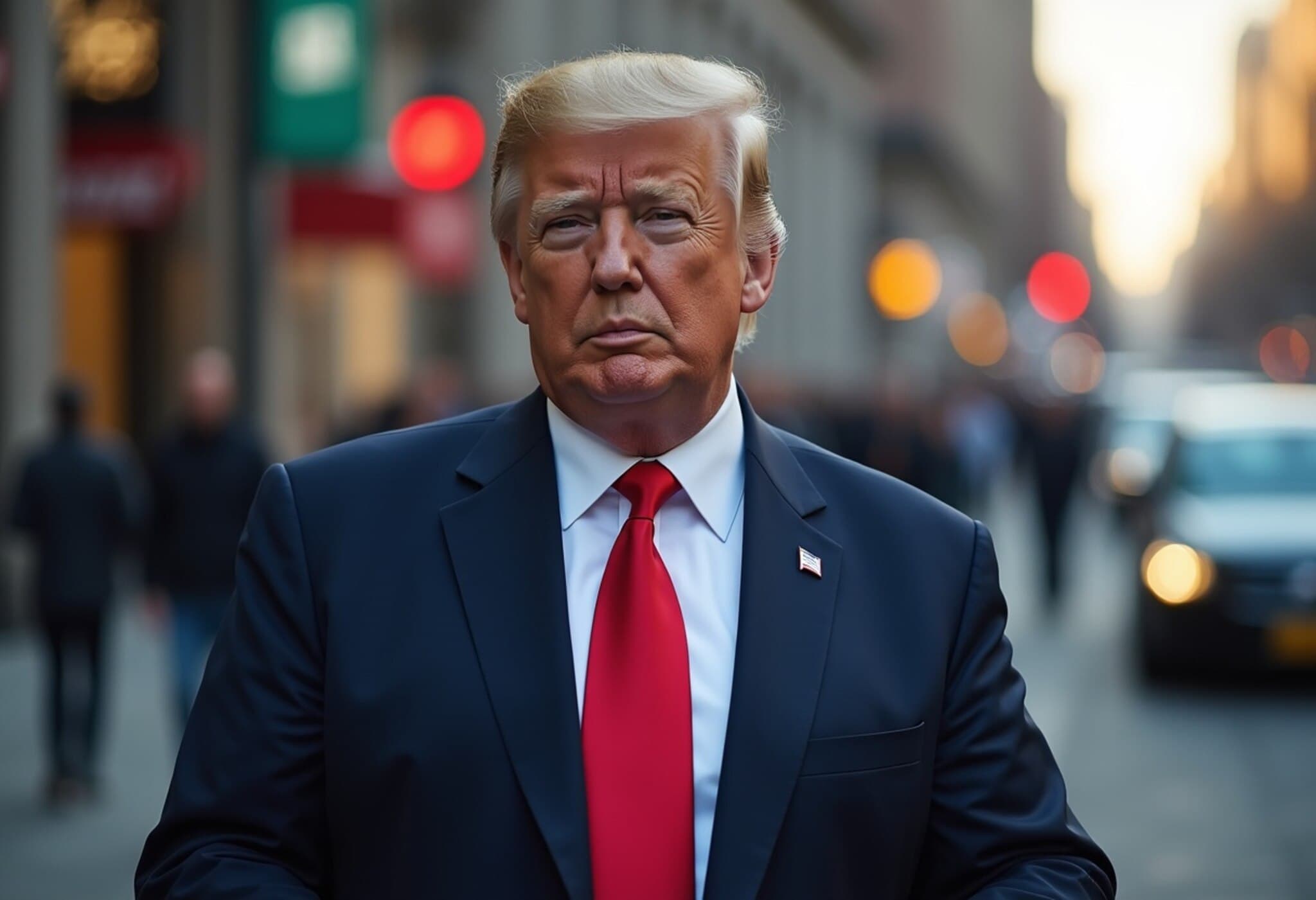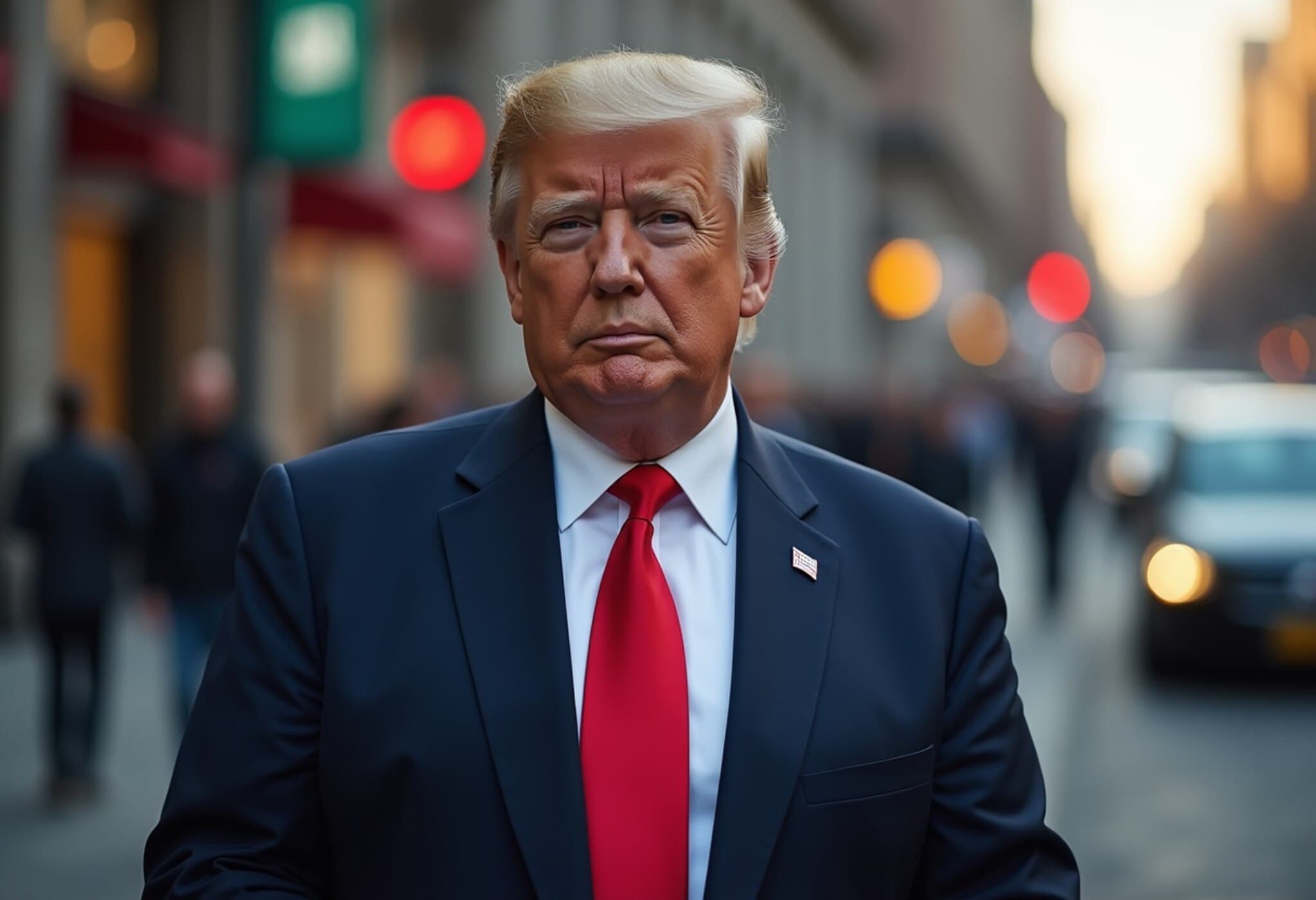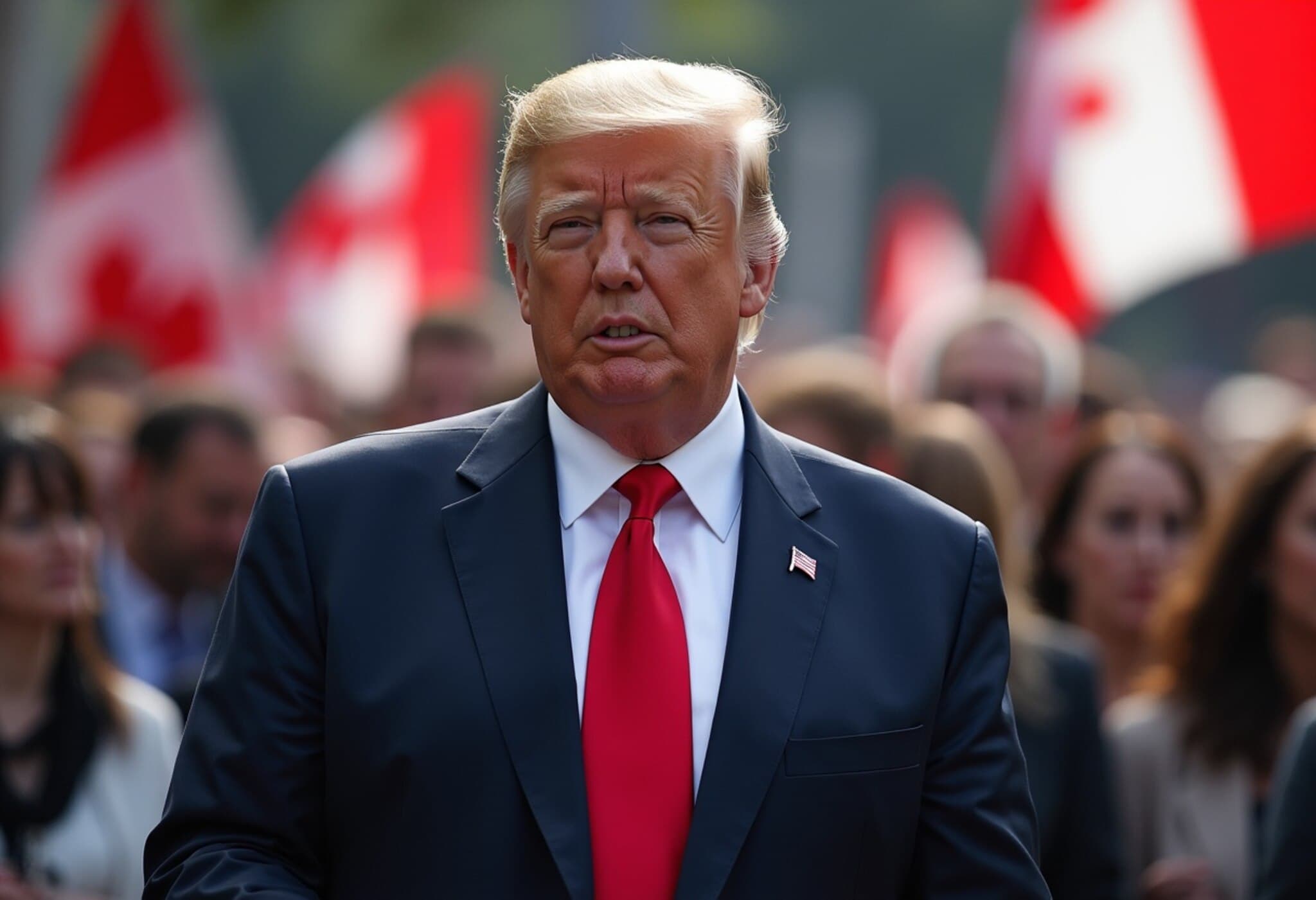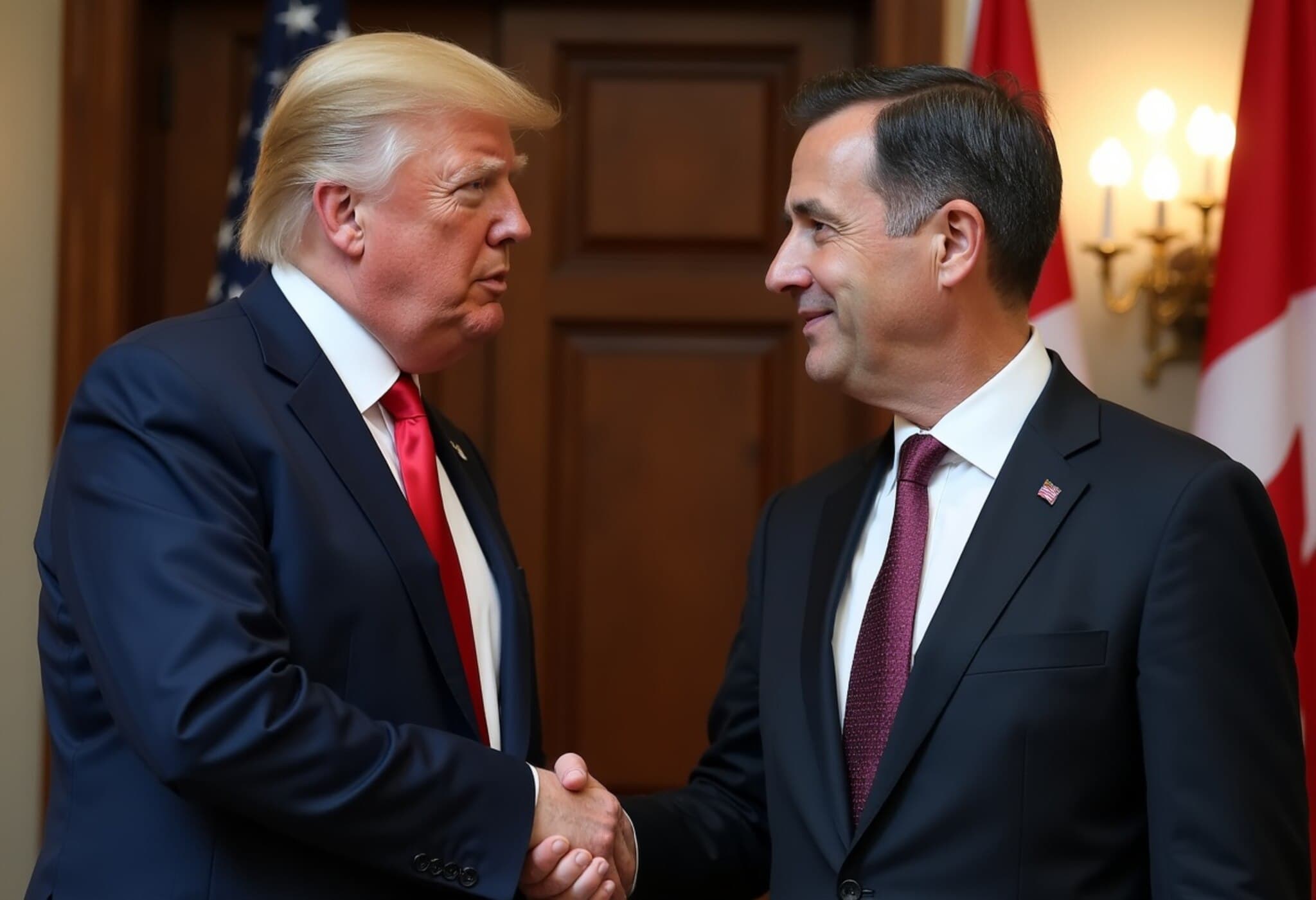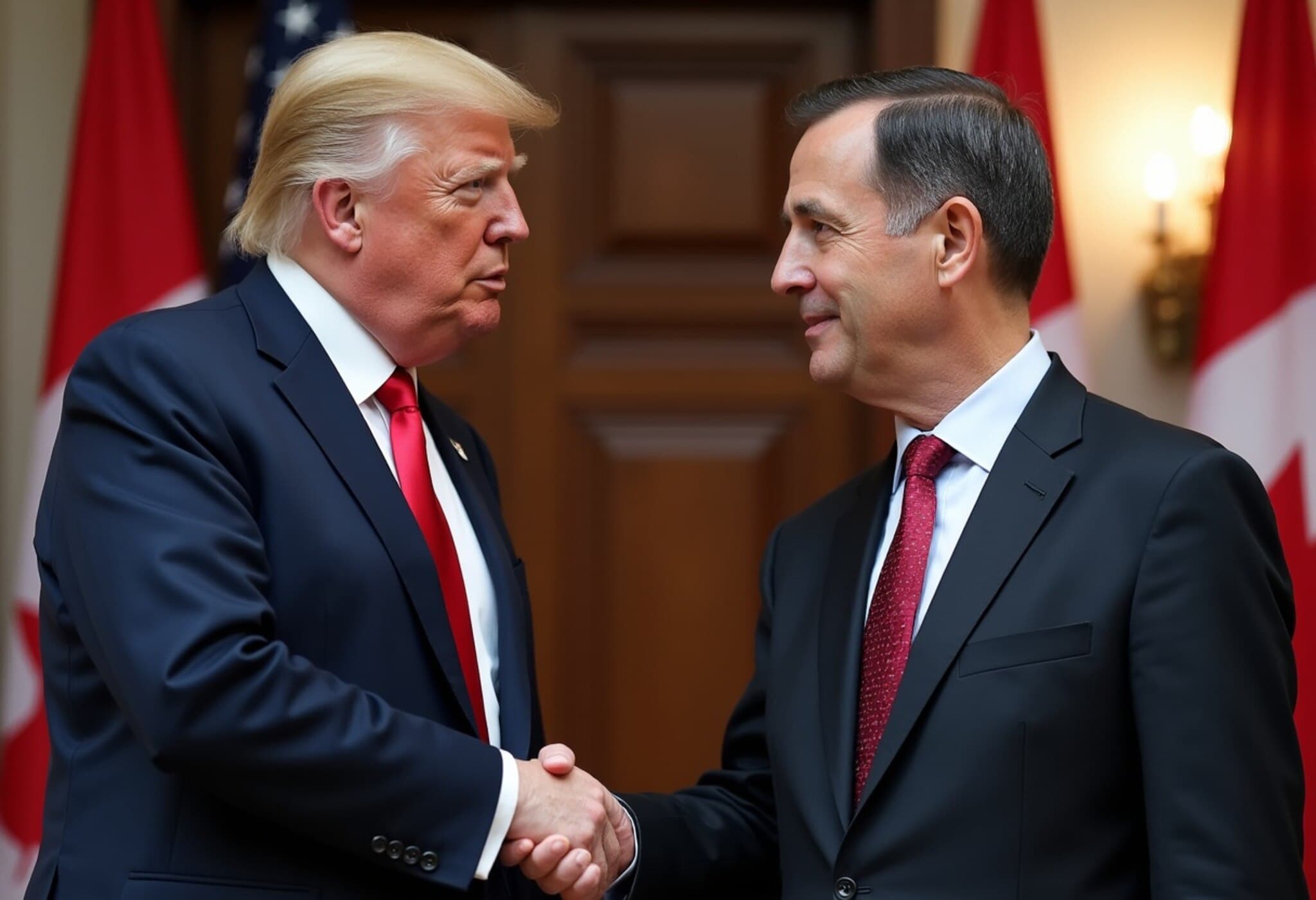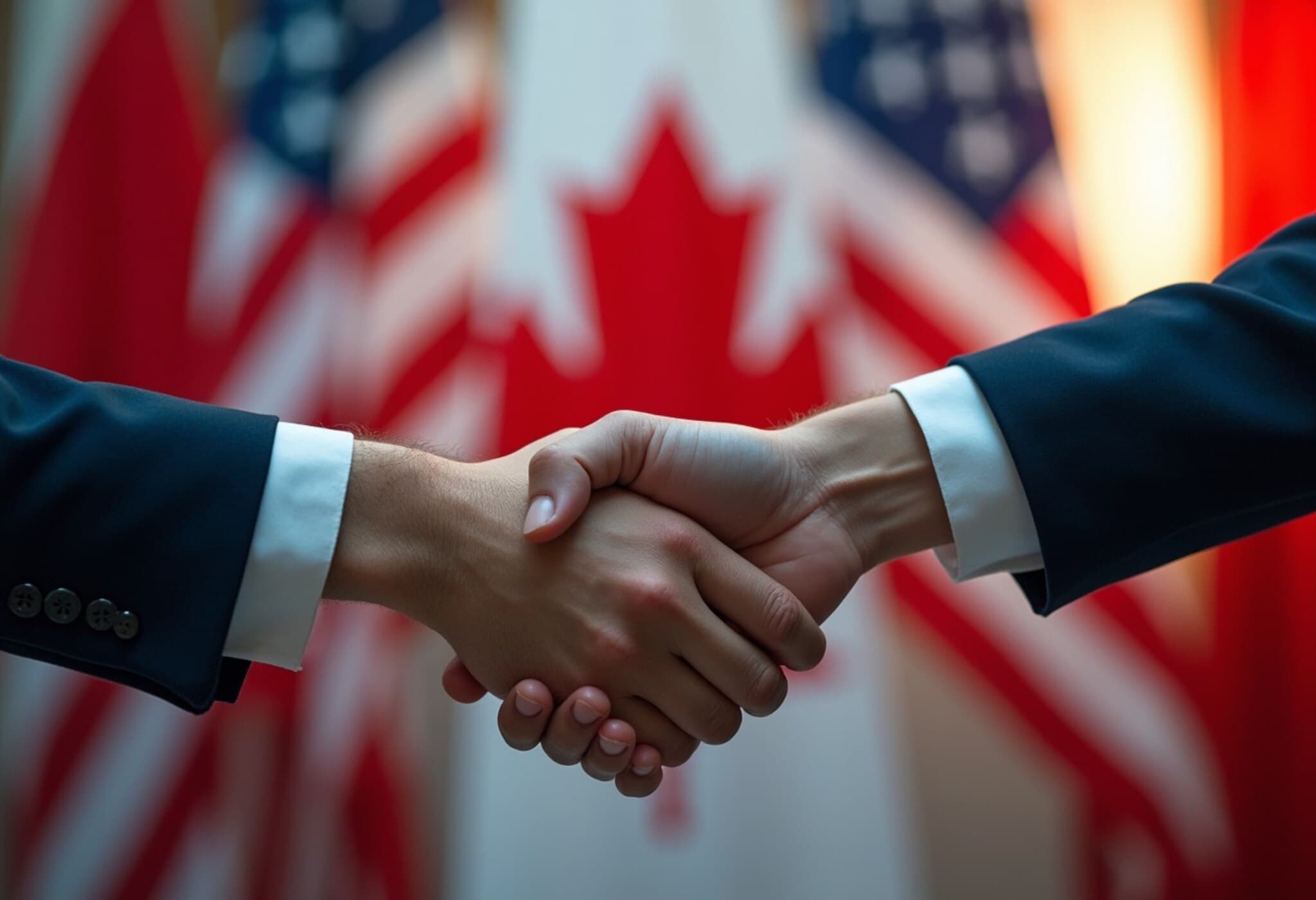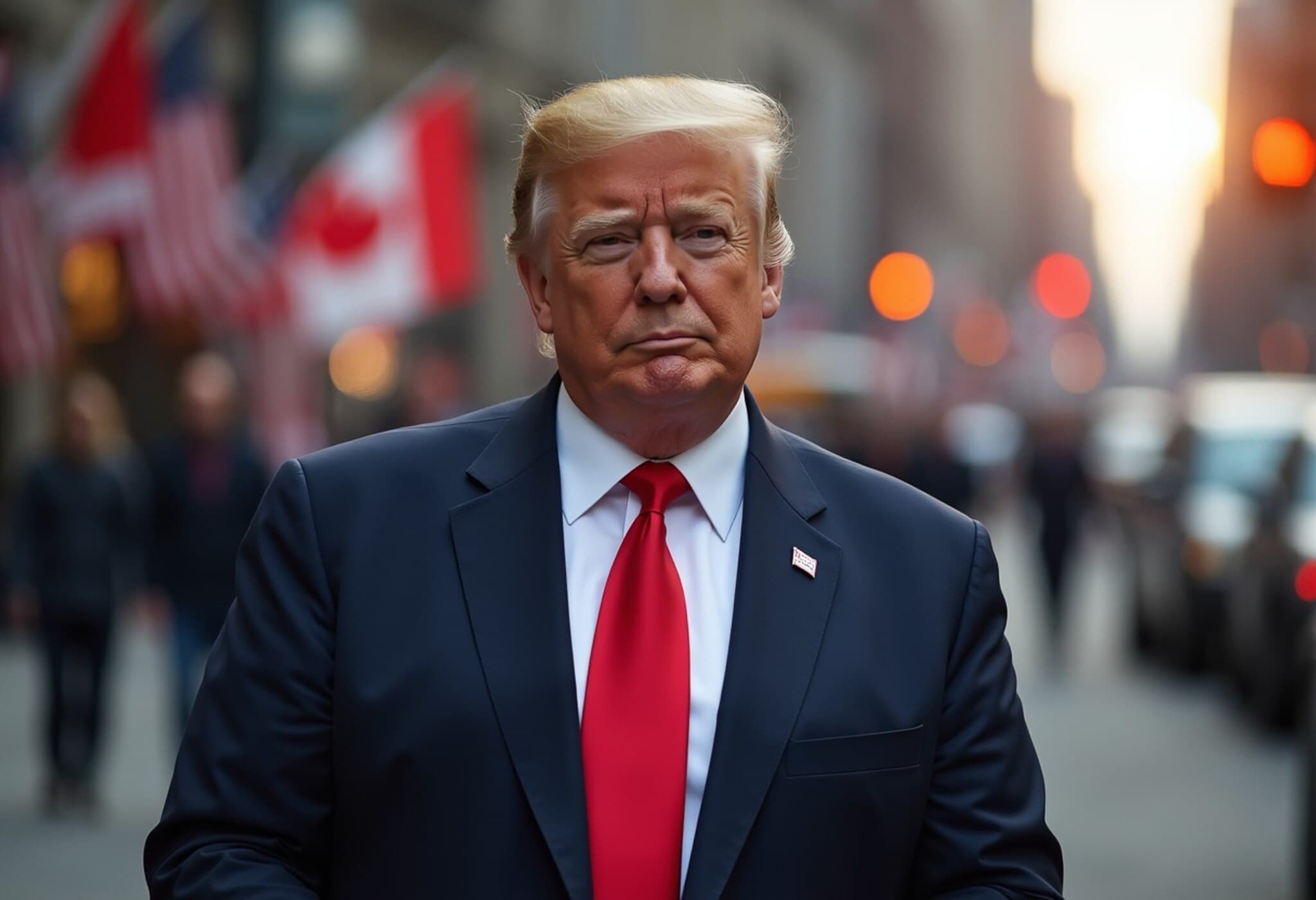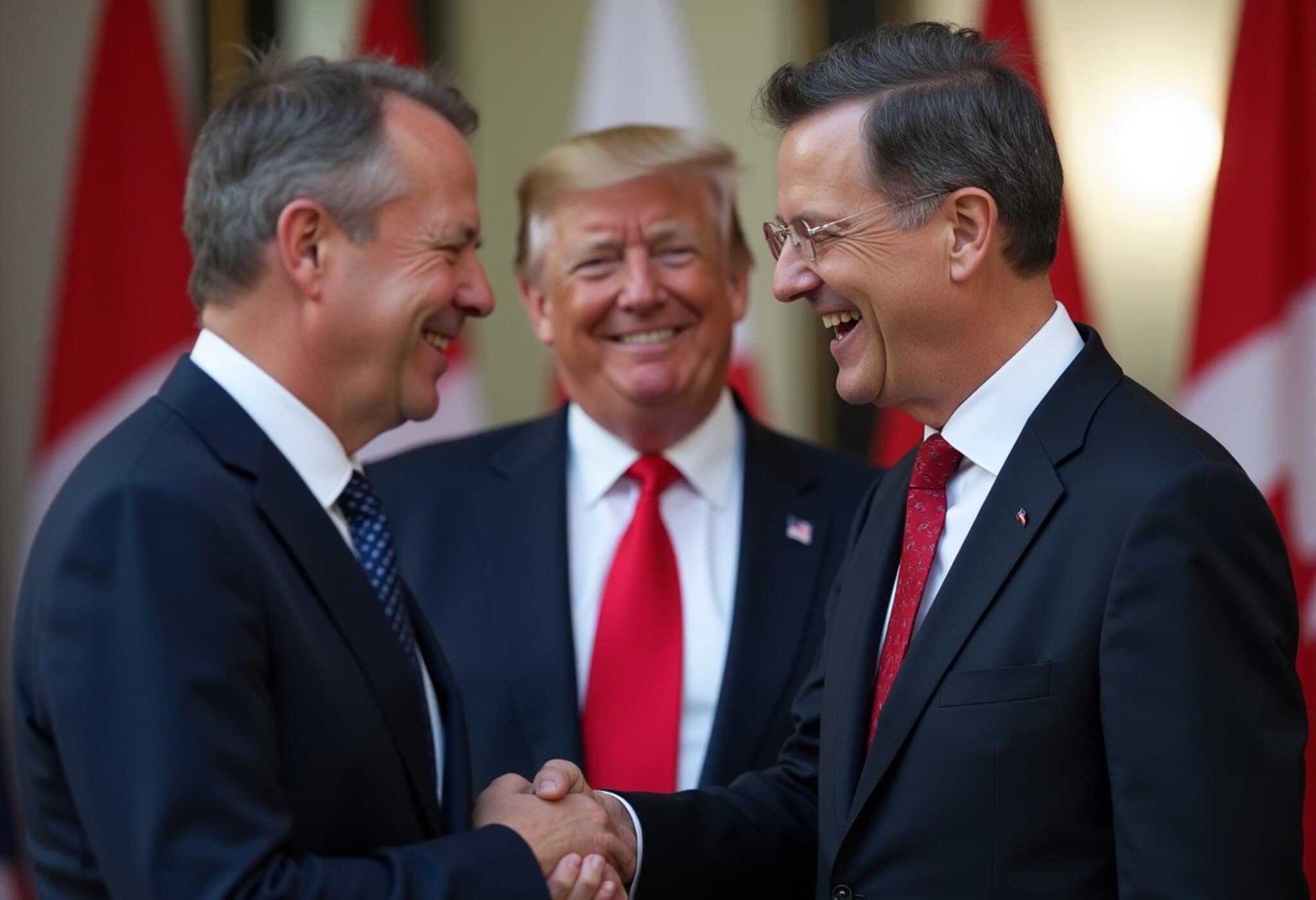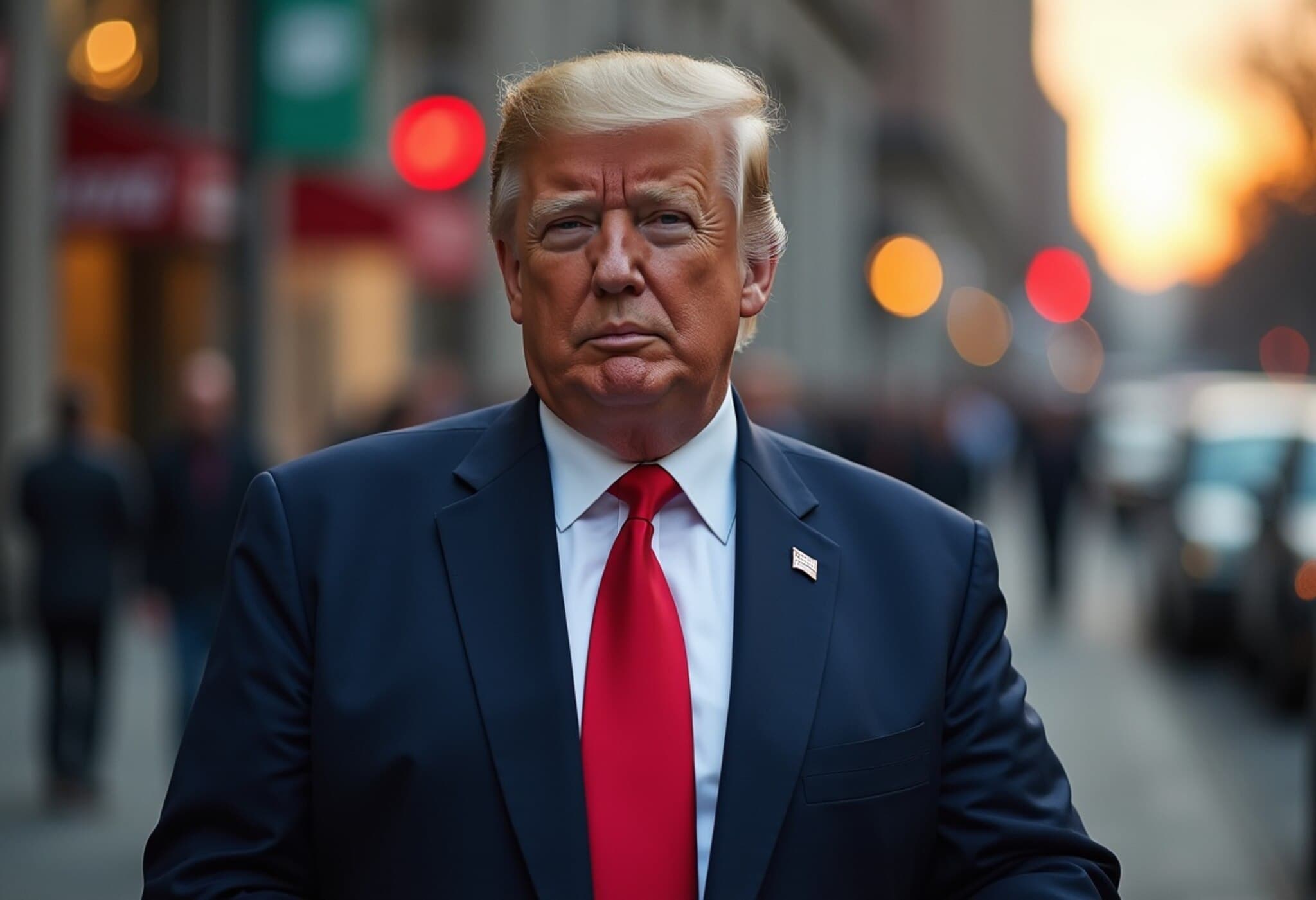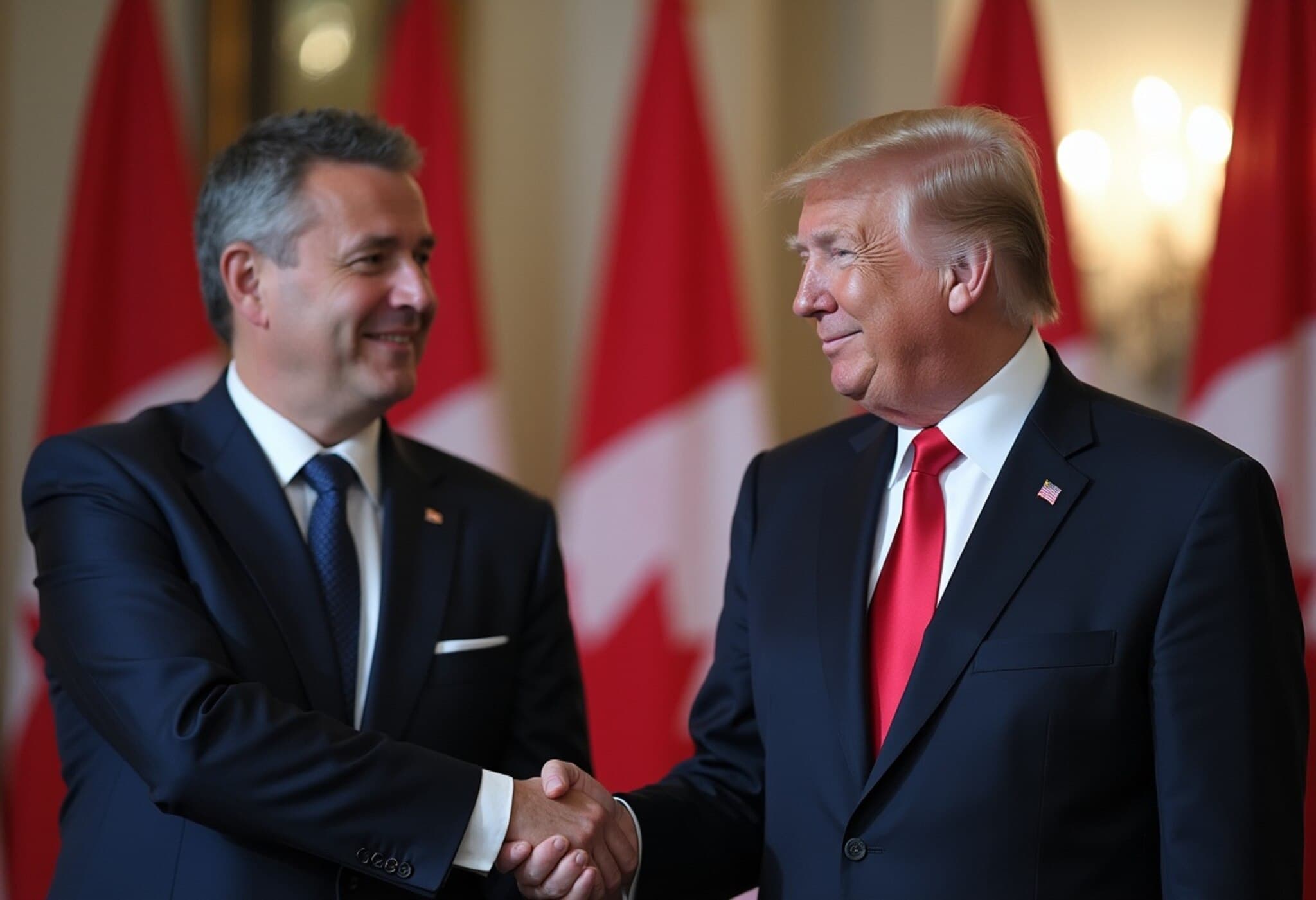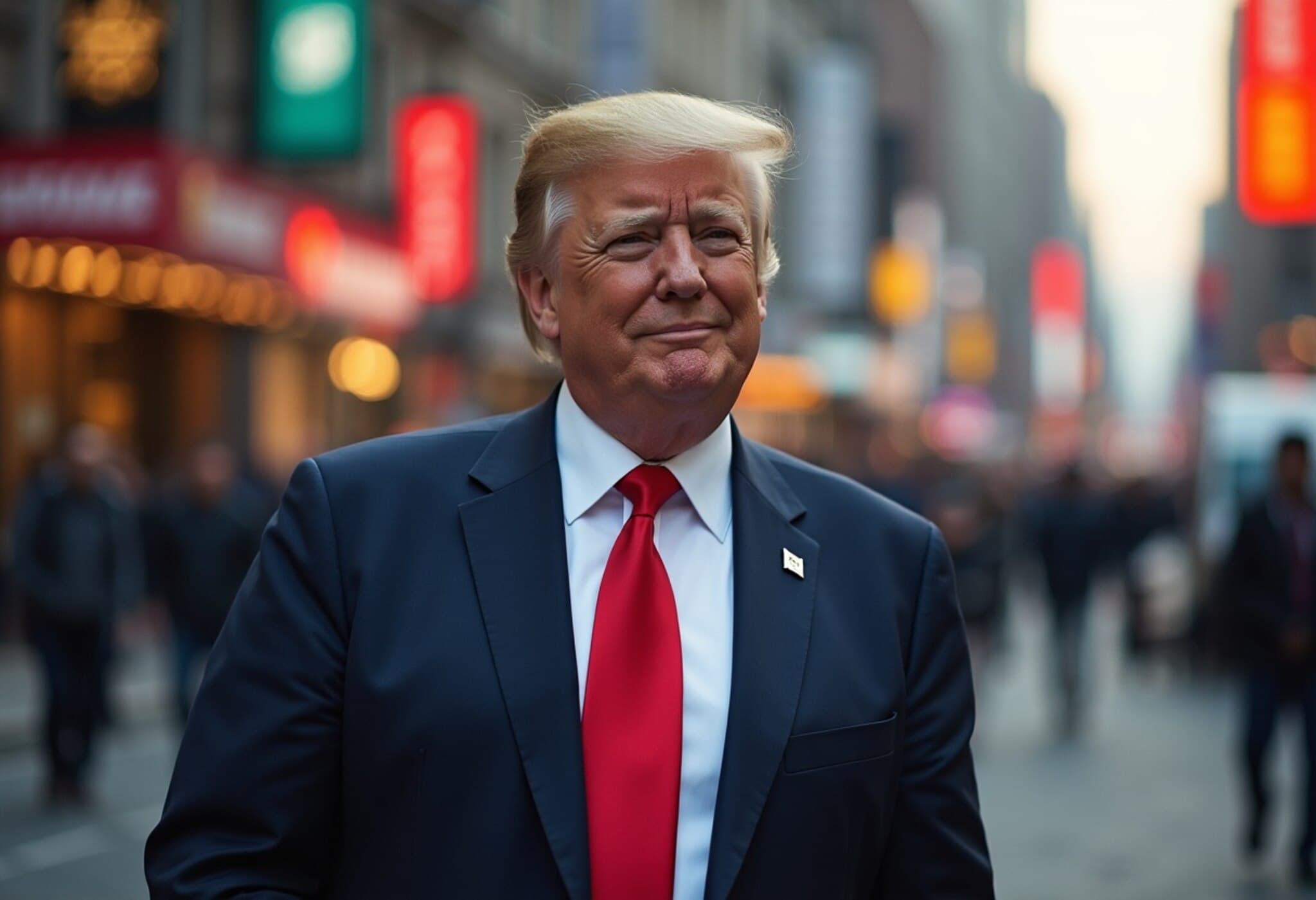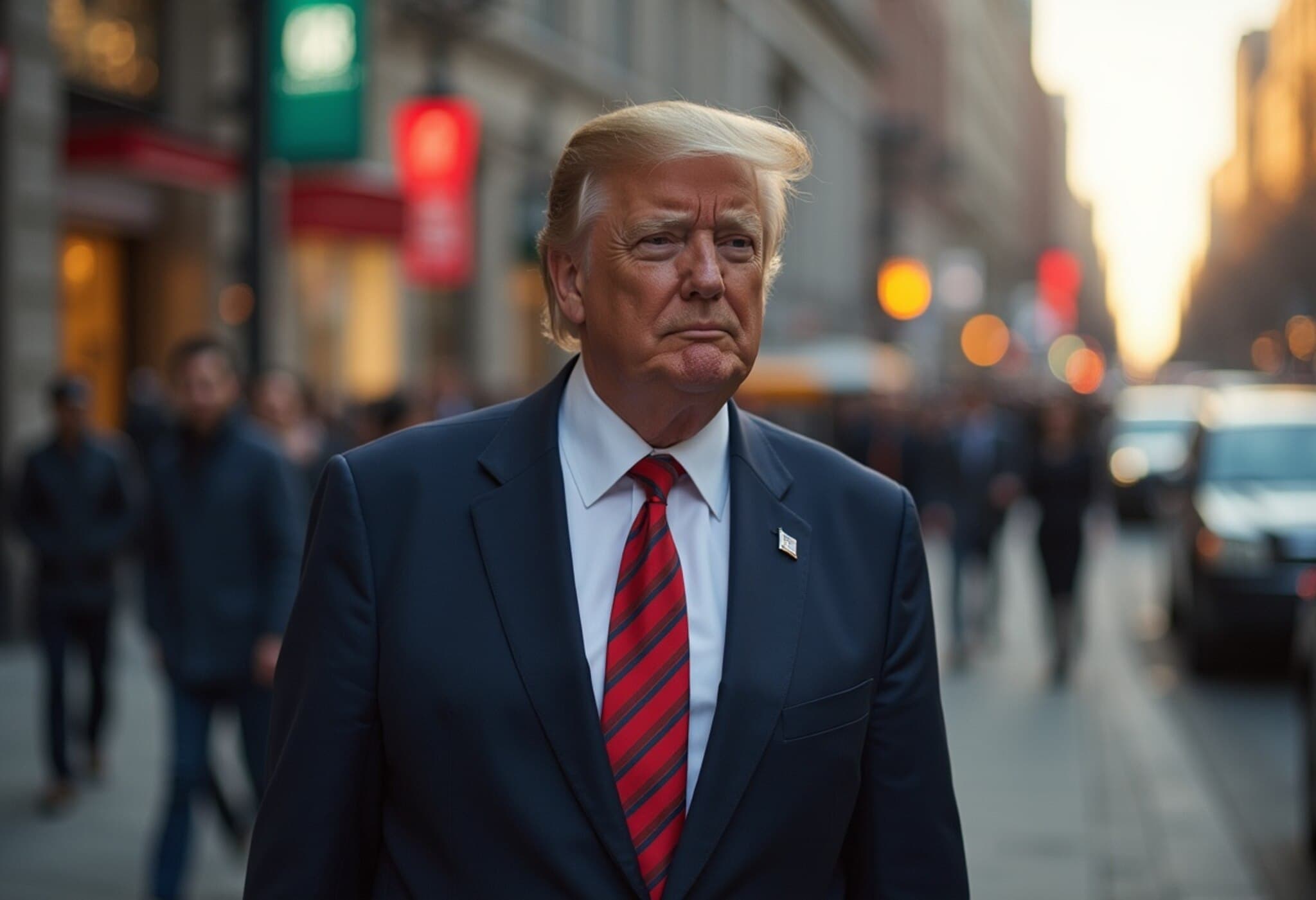Trump Escalates Tariff Rates on Canadian Imports to 35%
In a significant intensification of trade friction between the United States and Canada, President Donald Trump signed an executive order increasing tariffs on Canadian imports from 25% to 35%. This hike, effective August 7, 2025, targets imports not protected under the US-Mexico-Canada Agreement (USMCA), introducing a stringent 40% transshipment tax to discourage rerouting of goods through other nations.
Reasons Cited for Tariff Increase
The White House attributed this sharp increase primarily to Canada’s perceived inaction over the surge of fentanyl and illicit drugs crossing the northern border, a public health crisis deeply felt across the United States. President Trump also spotlighted what he characterized as unfair trade practices, particularly the disproportionately high tariffs Canada imposes on American farmers.
Trump's Perspective on Fair Trade
During a press briefing, Trump remarked, "They have to pay a fair rate. It's very simple. Canada has charged some of our farmers tariffs exceeding 200%, treating them unfairly for years." He further emphasized the broader defense relationship between the two neighbors, pointing out Canada’s relatively low military spending despite benefiting from U.S. military protection. Trump's rhetoric framed the tariff adjustment as a move toward equitable treatment and reciprocal agreements.
Political Tensions: Palestine Statehood Recognition
Adding complexity to the trade dispute, Trump publicly criticized Canada’s recent endorsement of Palestine’s statehood. On his Truth Social platform, he warned that this political stance could jeopardize potential trade agreements, signalling a connection between U.S. trade policy and broader geopolitical considerations. Ottawa, meanwhile, has maintained that only a minimal amount of fentanyl entering the U.S. originates from Canada, highlighting efforts to tighten border controls.
Canadian Government's Response and Economic Implications
Canadian Prime Minister Mark Carney acknowledged ongoing negotiations remain productive, though he expressed skepticism about meeting the August 1 deadline for a trade deal that would remove all tariffs. Provinces within Canada hold diverse opinions, creating internal challenges for Carney as he navigates the complex political landscape.
William Huggins, assistant professor of economics at McMaster University, contextualized Canada’s dilemma: "While Canada pushes back strongly against unequal trade terms, its economic integration with the U.S.—which consumes roughly 75% of Canadian exports—limits its leverage."
Existing Tariff Measures and Retaliatory Actions
- Since March, the U.S. has imposed various tariffs on Canada, including 25% on goods except potash and energy, 10% on energy products, 50% on steel and aluminum, and 25% on automotive imports.
- Canada has threatened or begun implementing retaliatory tariffs on U.S. steel and aluminum, escalating the tit-for-tat trade conflict.
Expert Insight: Navigating a Fragile Trade Relationship
This renewed tariff escalation serves as a stark reminder of the fragile, often contentious economic dynamics between the two countries. While deeply intertwined economically and socially, political differences on issues such as drug policy, trade fairness, and international diplomacy continue to strain relations.
From a policy analyst’s perspective, the intertwining of trade policy with unrelated geopolitical issues—such as the Palestine statehood recognition—raises questions about the predictability and stability of U.S. trade diplomacy. It underscores the challenges Canada faces in balancing its economic dependency on the U.S. with its sovereign political decisions.
Looking Ahead: Potential Paths Forward
Trade experts suggest that resolving this dispute will require nuanced diplomacy, addressing not only tariff structures but also the underlying political disagreements and border security concerns. The potential for expanded tariffs or retaliations could have ripple effects, impacting global supply chains, North American markets, and consumer prices on both sides of the border.
Key Questions Raised:
- How will Canada reconcile internal political divisions while negotiating with the U.S.?
- Can a balance be struck between protecting domestic industries and maintaining healthy bilateral relations?
- What role should public health concerns, such as the fentanyl crisis, play in trade policy?
Editor's Note
This latest tariff hike epitomizes the complex interplay of trade, politics, and public health challenges defining U.S.-Canada relations in 2025. It invites us to consider the broader implications of mixing economic measures with geopolitical stances and how countries dependent on each other navigate such turbulent waters. For stakeholders—from farmers to policymakers—the path ahead demands careful negotiation, mutual respect, and strategic foresight to ensure the economic vitality and diplomatic friendship that have long characterized this essential partnership.

